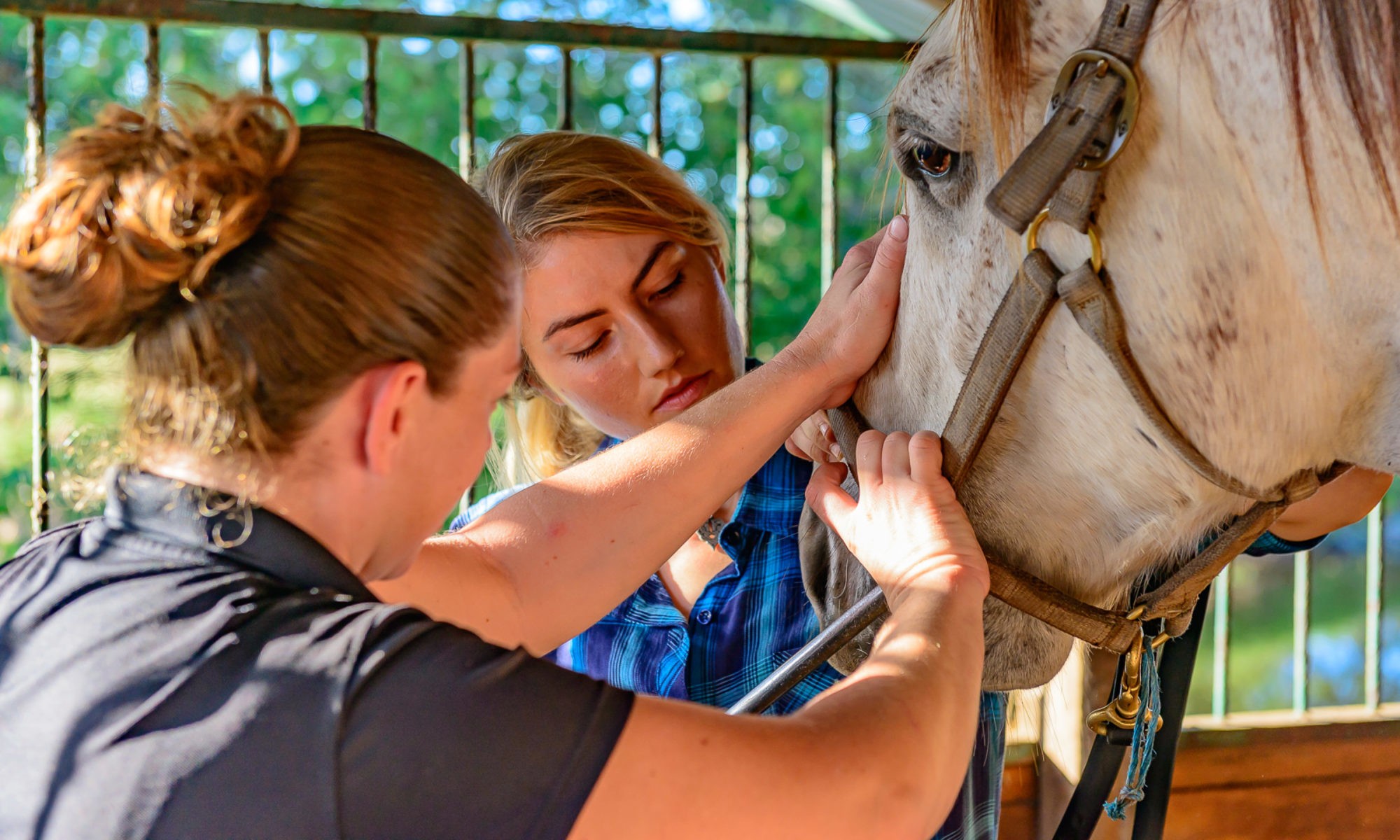Every coursework I have ever taken through all my years of school including veterinary medicine, SCUBA diving, and driving a truck, have in common a training portion involving classroom study. Now that computer connections are common, online education has become commonplace in every training situation you can think of.
The online coursework, like the classroom training in vet school, gives the foundations of terminology, theory, and techniques without the hassle of leaving your family or job. I have had people interested in becoming equine dentists travel to south Florida to train for a few days WITHOUT the coursework only to become frustrated when they were unable to understand the language, the theories, the principles and the variety of specific techniques involved in equine dentistry. This foundation of knowledge is so important to know before doing any hands on training.
The computer environment is perfect for online training. Through writing skills that thoroughly describe in words what I need you to see along with over 2500 photographs that I have personally taken, white board presentations I have done and videos of floating techniques, the computer proves to be the best medium for learning. It is like the classroom coming to you.
Both Melissa and I use a helmet camera and a moving stall camera to simultaneously film complete floats on horses. These 2 videos are synchronized and shown on the same video screen (picture within a picture) with the floater’s actual voice coming through the left ear and my post production narration added to the right ear. These videos can be scrolled through and paused to learn exactly as if you were there with us.
The short answer is no, you can’t learn equine dentistry completely from a course on a computer. But what it can do is make it a lot easier and more efficient when you come here for hands on training. After all, didn’t we read the driver’s manual before learning how to drive?
